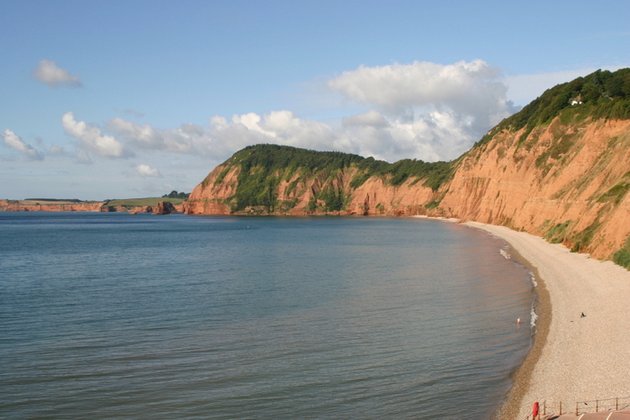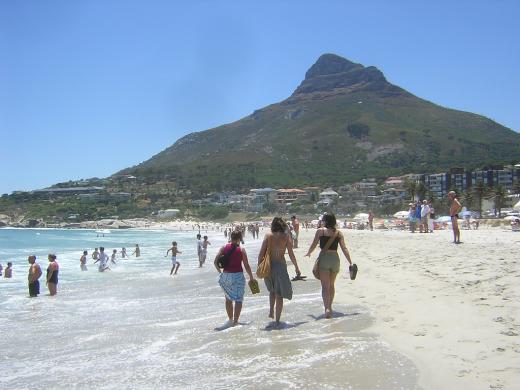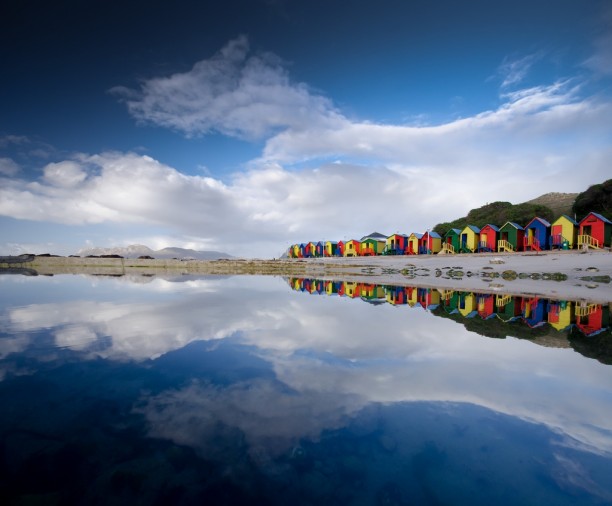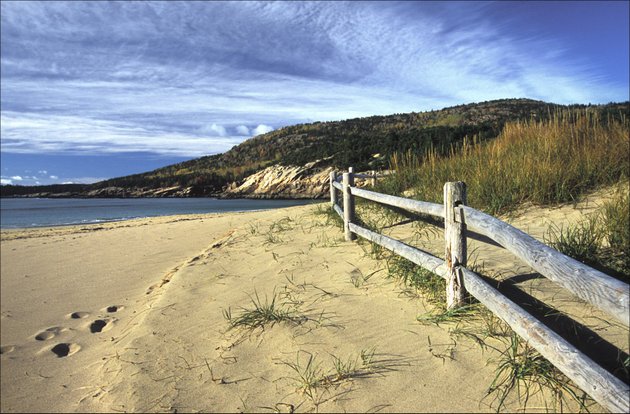Coastlines have always captured the human imagination. The sense of one place ending and another beginning has proved a source of inspiration for both writers and artists. It is the dividing line between land and sea which creates uniqueness to a coastline landscape. It creates a sense of ambiguity, a changing landscape where two different worlds meet and exist together.
Consequently, coastlines have always had a sense of mystery, particularly in an island nation where the coast is never too far away and proves a constant source of fascination. Mathew Arnold’s ‘Dover Beach’ captures the tension in coastlines between the reassuring calm of the sea and its threatening nature. More recently, the television series ‘Coasts’ has reflected the public’s imagination in coastlines, exploring both their natural beauty and practical uses. Our coastline has helped symbolise who we are as a nation.

Even as a Londoner, I consider coastlines as my adopted natural habitat. In my childhood, I frequently visited the East Devon coast which instilled in me the beauty and majesty of coastlines. It has been a growing affection ever since and as I have visited more coastlines around the world; I have been struck by the similarities and differences between them.
The East Devon Coastline is the first coastline I can remember. My Grandparents owned a house in a seaside town and I spent most of my school holidays down there. The house was always filled with the distinct sounds of the coast. In bed, I could hear the deep roar of the sea, and just like Arnold’s poem, it filled me with a sense of calm and fear. The mix of emotions highlighted the vivid power of the sea and its changing nature.
The journey to the beach was always full of anticipation – the conditions were never the same. In rough conditions, the sea looked tormented as if it wanted to reclaim the land. On a calm day, it was pure bliss. The wide open beaches produced a sense of openness and excitement which meant you wanted to run the length of the beach. The beach formed a narrow corridor between the sea on one side, characterised by its open vastness, and large red chalk cliffs on the other side.

The landscape helps form a small part of the West Country’s Jurassic Coastline – England’s first natural World Heritage site. In total, the route covers 95 miles of coastline with rocks dating back 185 million years. Information is provided all along the route which provides the perfect opportunity for a traditional English walking holiday. There’s the chance to stay in unique guest houses and if you fancy a break, you can always stop for afternoon tea.
At the opposite end of world is Cape Town which sprawls across the bottom of Africa. In doing so, it creates a rare geographical feature as the Indian Ocean and the Atlantic Ocean meet at the Cape of Good Hope. It proves a popular tourist attraction as the difference in temperature between the two oceans creates stunning waves. The two oceans also provide a stunning backdrop to the city.

On one side is the Atlantic seaboard where luxurious sun-soaked villas and cafes have sprung up. The roads winds along the coastline offering perfect picture-postcard views of the Atlantic Ocean. Hotspots include Hout Bay and Camps Bay where tourists like to take advantage of a night of cocktails watching the sunset on the beach.
The coastline on the Indian Ocean offers something different as it doesn’t cultivate the same tourist atmosphere. The train is well worth a ride as it runs directly along the coastline with waves rolling over the tracks. Many of the beaches are small and secluded providing a great opportunity for a relaxing afternoon. If you are daring enough, the sea might even tempt you in – just be careful of the sharks.

The Atlantic also provides a spectacular coastline all the way up America’s eastern seaboard. There are plenty of beautiful beaches in the state of Maine which feature wide open white sandy beaches that open up to the Atlantic. The beaches are perfect for a weekend escapes from the heat city and many towns have rentable beach accommodation.
Coastlines are a constant source of fascination. The varied landscapes found in different coastlines around the world means there’s always something new to discover about our shorelines.


